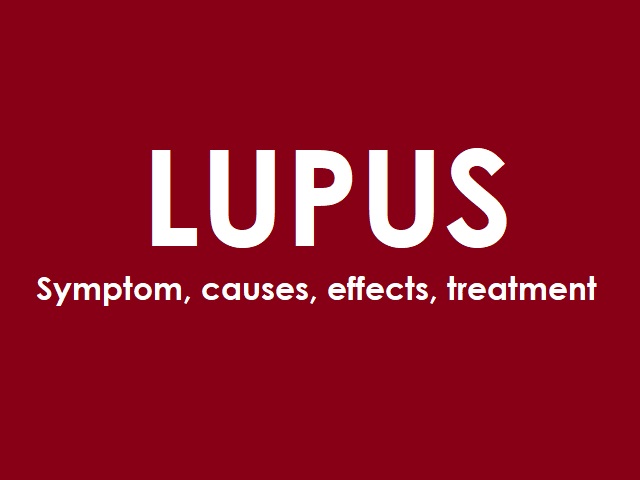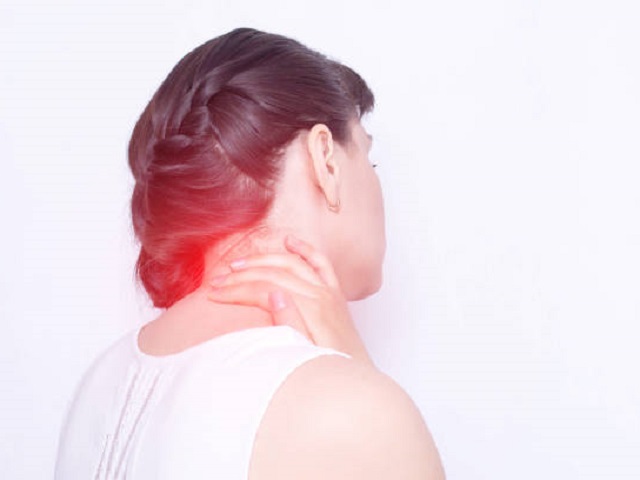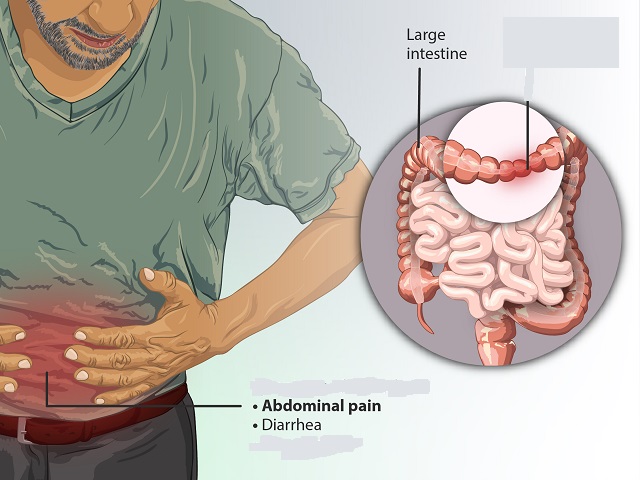7 Signs You May Have Leprosy -- Symptoms, Causes, Effects, Treatment and Prevention
Leprosy, also known as Hansen's disease, is a chronic infectious disease caused by the bacteria Mycobacterium leprae. It primarily affects the skin, peripheral nerves, and mucous membranes. Leprosy can cause varying degrees of damage to the affected areas, leading to various symptoms and complications. Early diagnosis and multidrug therapy are essential for effective treatment, while prevention strategies aim to reduce transmission and promote early detection.
Symptoms of Leprosy:
The symptoms of leprosy can vary depending on the type and stage of the disease. Common symptoms include:
- Skin lesions: Pale or reddish patches of skin with reduced sensation.
- Nerve damage: Numbness or loss of sensation in the affected areas.
- Muscle weakness: Weakness or paralysis in the hands, feet, or face.
- Thickened nerves: Enlarged and painful nerves, particularly around the elbows and knees.
- Eye problems: Loss of blinking reflex, leading to dryness and potential eye damage.
- Stuffy nose or nosebleeds: Chronic congestion or frequent nosebleeds.
- Claw-like hand or foot deformities: Due to muscle weakness and loss of sensation.
Causes of Leprosy:
Leprosy is caused by the bacteria Mycobacterium leprae. The exact mode of transmission is not fully understood, but it is believed to occur through respiratory droplets or prolonged close contact with an infected person. It is important to note that leprosy is not highly contagious and requires prolonged exposure to the bacteria for transmission to occur.
Effects of Leprosy:
If left untreated, leprosy can lead to various complications and long-term effects, including:
- Permanent nerve damage: Nerve damage can result in loss of sensation and function in the affected areas.
- Disfigurement: Severe nerve damage may cause the fingers and toes to become shortened or deformed.
- Blindness: Damage to the eyes can lead to vision loss or blindness if left untreated.
- Secondary infections: Numbness and open sores can make the affected areas susceptible to secondary infections.
- Social stigma: Historically, leprosy has been associated with social stigma and discrimination.
Treatment and Prevention of Leprosy:
Leprosy can be effectively treated with multidrug therapy, which involves a combination of antibiotics such as dapsone, rifampicin, and clofazimine. Early diagnosis and treatment are crucial to prevent complications and reduce transmission.
Prevention strategies for leprosy include:
- Early detection: Promptly seeking medical attention for suspicious skin lesions or nerve abnormalities.
- Contact tracing: Identifying and treating close contacts of individuals diagnosed with leprosy.
- Health education: Raising awareness about leprosy, its early symptoms, and the importance of seeking medical care.
- Immunization: Vaccination with the Bacillus Calmette-Guérin (BCG) vaccine may offer some protection against leprosy.
References:
World Health Organization. (2020). Leprosy (Hansen's disease). Retrieved from https://www.who.int/health-topics/leprosy#tab=tab_1
MedlinePlus. (2021). Leprosy. Retrieved from https://medlineplus.gov/leprosy.html
American Leprosy Missions. (n.d.). Understanding Leprosy. Retrieved from https://www.leprosy.org/leprosy-facts/understanding-leprosy/














